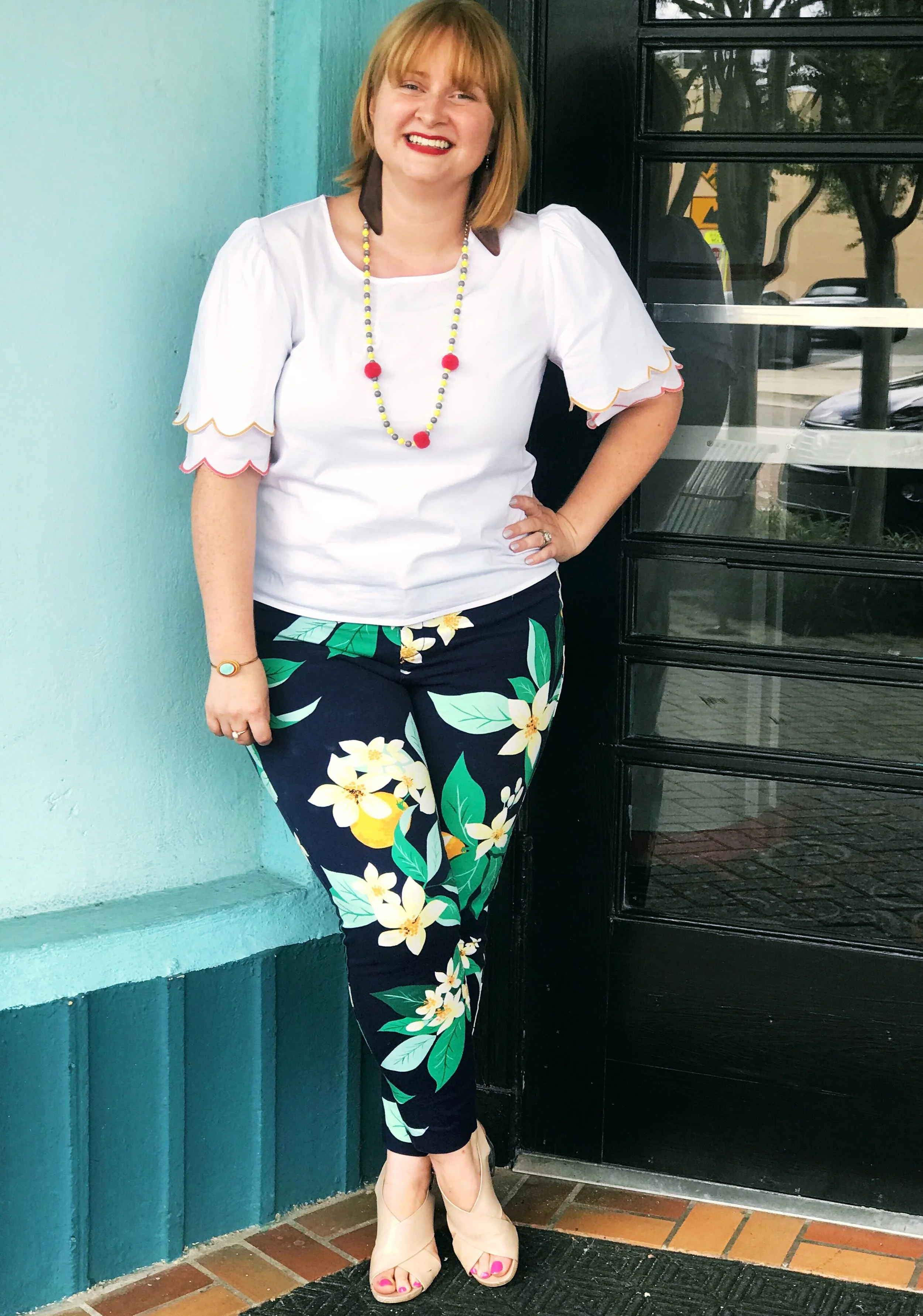Avoiding Burnout: How to Leave the Chaos at Work
Written by Emily Knight-Smith
Any career in human services comes with an emotional load. No one can leave a high-stress environment and then go home without some overlap. In my position as the volunteer coordinator at a nonprofit which provides direct-care to an incredibly vulnerable population, I see the results of abuse and trauma; leading to a breakdown of family and self, leaving an individual completely alone. After a few months into the job, the stress started to take its toll.
I only realized how much my mind would drift back to work when I was out with friends for dinner. A friend expressed interest in hosting a Super Bowl party. I just had a gut reaction. I responded with the statistics on the increase of domestic abuse on the night of the Super Bowl and that the city where the Super Bowl is played often sees an astronomical increase in sex trafficking. I was enjoying an evening with friends and then turned a light, dinner conversation into a one-woman panel on the causes of homelessness. Having all of this upsetting “work” information, bouncing around in my head makes the separation between work-life and personal-life all the more important. I was quickly becoming the “Debbie Downer” of my sphere—but that’s not me. I knew I had to figure out how to draw some lines.
I’ve always felt a lot of guilt over my desire to separate my work life from my home life. The thought always crept in: What is my pain compared to the struggle of someone experiencing a housing crisis or abuse? I'm not a “guilt expert,” but I do know the guilt I felt over going home and being happy was becoming overwhelming, and it was taking away my joy, both personally and professionally. I have read too many articles about why women can feel so much guilt, about how we are socialized to please everyone else. These commentaries encourage women to stand up for ourselves, even sometimes standing up to our inner monologue and saying: No. I’m not going to think about that right now. This isn’t the right time.
Put yourself out there
The best thing I’ve done is force myself to go out and meet people in my field. I go to professional development groups and reach out to other volunteer coordinators. Both have lead me to incredible relationships with some of the strongest women in my city. I’ve made marvelous friends who also work in the nonprofit sector. We share how we’ve all learned to enjoy the high moments of meeting needs and the low moments of seeing sorrow and fear.
Remember your peers want to help
My biggest project to-date was arranging more than 500 volunteers to build IKEA furniture over two weeks, to furnish apartments. When those 500 volunteers were done and there were still a few rooms to finish, I called two other volunteer coordinators. They called their friends and colleagues, posted the need on various platforms and showed up the next day with tools, ready to build. My little group of volunteer coordinators and nonprofit peers have given me endless support, courage and comfort, even stocking my work-fridge with dairy-free treats (essential to my success).
Keep the great memories close to you
Over time, I want to cover my office walls with pictures of my best days. Volunteers painting, planting flowers and hosting movie nights. Dearest to me right now are pictures of my friends, family and husband with their hammers and IKEA instructions, to remind me that there are some incredible people in this world lifting me up so I can do what I love. It’s easy to fall into the thinking we’re alone, when none of us really are. Find ways to remember that.
Make healthy work-habits
Take a mental health day, use your vacation, go on a field trip during lunch. The more you do it, the better you will get at being able to transition more fluidly between work and play. Be purposeful and make plans; have something to look forward to. Find a new mural to drive to on your lunch break, treat yourself to a decedent coffee at a local cafe between meetings. When you read a lot of nonfiction, sometimes you need to read something silly to lighten up everything and get it back to a healthy balance. Go do something silly, eat something sweet or see something beautiful.
Work it
When you find the thing that gives you hope, peace and purpose, you have to work to keep it. Do everything you can to care for yourself, so that you can continue in your work. It took me a while to find my place in this world—and now that I know it, I’m going to hold on to it.
It’s hard to “turn it off” at the end of the day, but we can’t effectively serve others if we’re emotionally and physically drained ourselves. It doesn’t make us heartless to want emotional separation from work. Living in a state of heightened awareness and anxiety would lead to burnout, resulting in the inability to do our jobs. I want to be an advocate, but I can't be on all of the time. Sometimes, I need to simply be who I am and experience the life I'm living. I can enjoy my friends, family and hobbies, then return to my hustle on Monday morning—and be all the better for my time away.
Emily is a Volunteer Coordinator at a Jacksonville nonprofit providing direct services to those experiencing a housing crisis. In her position, she spends her days serving with her volunteers painting, planting, cooking, or whatever is needed. As a Jax native, she loves living in her ever-changing hometown with her husband and 4 pets. Her passions include swimming in Florida's chilling springs, petting as many animals as possible, red lipstick, and funky sunglasses.






